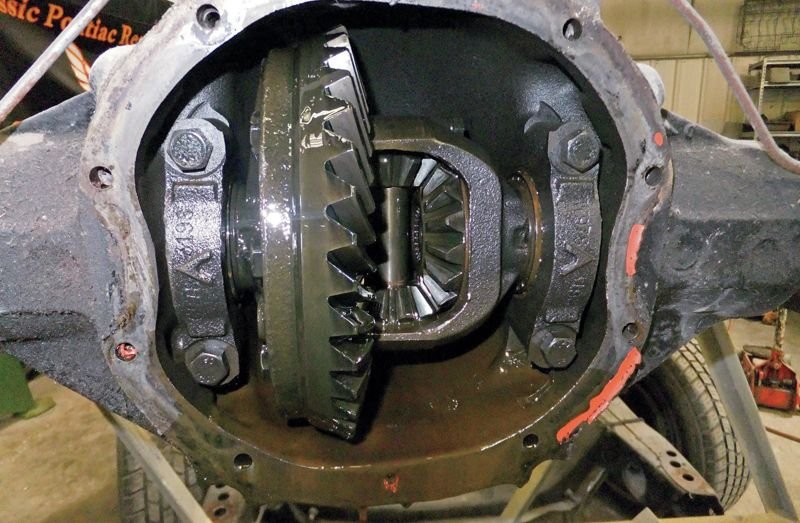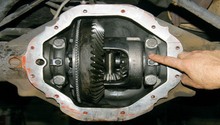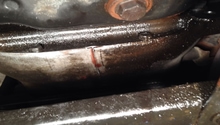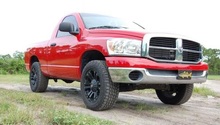Dodge Ram: Why is My Rear Axle Smoking?
Continue reading to find out and be relieved that the smoke isn't coming from your engine.
This article applies to the Dodge Ram (1994-present).
When you see smoke coming from your Ram's rear axle, act fast. Quickly pull over to the side, stop your truck, and inspect the rear end with a fire extinguisher in hand, just in case you have to deal with something a little hotter than smoke. The next thing to do is hope no major damage has occurred.
There are two major sections of the rear axle: the brake assembly and the differential. A fault in either one of these may be your culprit. If you have basic mechanical skills, most of the work can be done right in your driveway. Otherwise, get your truck towed to avoid any further damage. In this article, we've provided a few steps for you to diagnose and repair your Ram's smoke problem.

Materials Needed
- Ratchet and socket set
- Torque wrench
- Hex driver set
- Oil catch pan
- Shop rags
- Hydraulic floor jack and jack stands
Step 1 – Check the brakes
The brake lines may be leaking.
When you see oil instead of brake fluid on the wheels and brakes, the problem is not caused by the brake system. However, the brakes will need to be replaced because oil on the brakes damages them beyond repair. To diagnose the brakes, simply remove the rear wheels and inspect them.

If there is no oil or brake fluid on the wheels or brakes, move on to the following step.
Step 2 – Inspect the rear differential
There may be a leak.
Check for an oil leak around the differential plate, which is located in the center of the rear axle. This leak could have been caused by a bad seal, a faulty bearing, gears, or simply old age. Parts do wear out due to normal wear and tear or excessive rough handling practices.

If you find a leak around the rear differential, move on to the following step.
Step 3 – Replace the gasket/seal
When you remove the differential plate, it should be relatively obvious what the problem is. Generally, it will be a broken or nicked seal, a damaged cover, or the differential gears have frozen up or broken off. Most of the time, the differential seal has simply dried up and allowed the oil to leak out.

To inspect the differential gasket/seal, fist drain the differential plate by placing a pan underneath it and unscrewing the drain plug. When the oil is completely drained, unscrew the bolts around the plate. Check around the edges of the gasket for cracks or excessive wear. If you do find the gasket to be the problem, replace it and refill the differential plate with oil.

Figure 4. Drain the rear differential. 
Figure 5. Replace the differential plate seal.
Featured Video: 2005 Dodge Ram 1500 Hemi Rear Axle Differential Fluid Change
Related Discussions
- DIY Rear Differential Fluid Change (Cover Off) - DodgeForum.com
- Rear Differential Smoking - DodgeForum.com
- Rear Front Axle Fluid Change - DodgeForum.com
- Smoke From Rear End - DodgeForum.com
- Rear Differential Whine Then Smoke - DodgeForum.com






